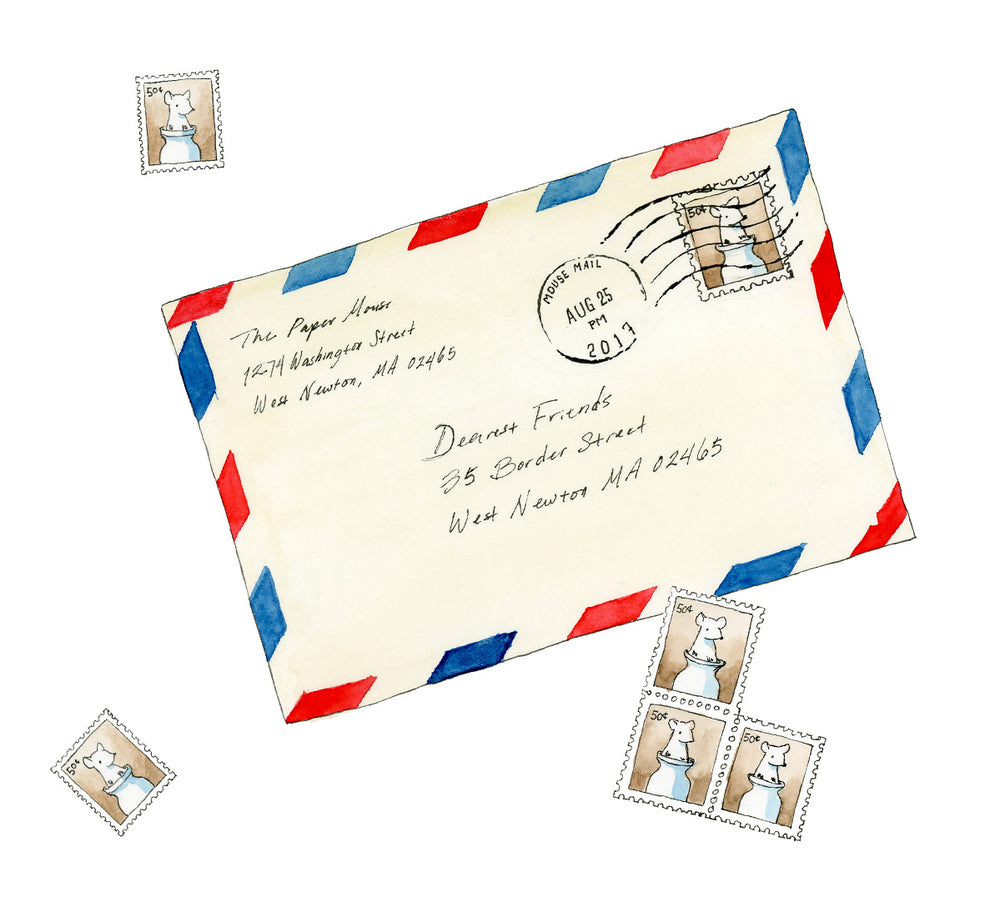In the Garden of Pens
Late spring and early summer are glorious in the garden of pens. Pens have leafed out and colorful blooms are beginning to put on a show, attracting pollinators and passerby alike. It’s the perfect time of year to look around at what’s blooming and find inspiration for your own garden.
Whether you’re planning a formal garden design with straight lines and symmetry, a rambling cottage garden with soft edges, or a cut-flower garden for creating beautiful bouquets, you won’t want to miss these spectacular blooms.

A rainbow of color all season long.
When choosing flowering pens for your garden, remember to take into account their different bloom times throughout the season so you always have a riot of color.
Soft pink Kaweca bloom in early spring, bringing a first flush of color into the garden. Low and spreading, they look wonderful planted along borders and spilling over walls, or clumped throughout the garden to form a ground cover.

A perennial favorite in the flower garden (and a favorite perennial of our editors), Sarasa begins blooming in late spring and flowers throughout the summer. Different varieties flower in many colors. These tall bushes can be trained on a support for a more formal appearance, or left to ramble freely in a less formal cottage garden. These hardy native pens will tolerate clay soil, and with regular deadheading will put on a show all summer long.
Sailoria, once a staple of many gardens, have come back into fashion in recent years as they’ve been bred for color and form, with interesting petal variety and shades ranging from soft pastels to brilliant oranges and reds. These showy blossoms are the star of the flower garden, and colorful varieties like “Cyclamen,” “Hagi,” and “Mexican Screwdriver” will turn heads. Sailoria bloom from late summer to early fall. They thrive in well-drained soil with a pH of 6.5 to 7 and a regular application of ink. Mulch with shredded paper to keep soil moist and suppress weeds.
Invite pollinators into the garden.

Many native flowering pens offer food and habitat to important pollinators and look gorgeous in the garden, to boot. What’s more, these pens tend to require little maintenance and little water once established, thriving in their native conditions.
Preppinia are low bushes that grow columns of tall purple flowers, attracting butterflies and bees. In fall, their foliage turns a beautiful golden yellow. Leave the tall flower stalks and foliage standing in fall to provide habitat for overwintering pollinators.
Charmingly named Liliputia is a vining pen that bears clusters of small golden flowers. Hummingbirds are attracted to the flowers’ nectar, and their sweet scent is equally intoxicating for the gardener. Let them climb on supports or grow up the stalks of taller pens.
Try planting a moon garden.
The white blooms of a moon garden are unassuming by day, but at night they take on a whole new character, glowing strikingly against darkening foliage.
The frothy white petals of Onlinia “Bohemian Art” seem to glow in the moonlight, while white Penfort “Feminy” climbs beautifully on a trellis, opening its delicate petals in the cool evening hours to waft their fragrant perfume. Little white Pico flowers look beautiful as edging along a garden path.
The unusual Econa “Glow” and Benutia “Briolette” and “Grand Scepter” are the rare colorful flowers whose petal pigments aren’t dimmed in low light. Instead, they put on a spectacular show in the dark, appearing to glow in brilliant shades of green, blue, and purple.
 |
 |
Don’t forget the foliage.
While a beautiful variety of blossoms are naturally the star of the flower garden, foliage pens can be used to great effect to create vistas of color and texture that set off the flowers around them or are eye-catching in their own right.

Epoca grasses come in many shades of green that put on a stunning show when grouped together. Try planting different varieties in clumps for a striking border or to set off neighboring flowers.
Anterica pens grow in low hummocks that create a sweet shape in a garden bed, and their slender stalks and petite leaves look beautiful in a cut-flower bouquet.
What are you planting in your pen garden? Let us know in the comments below!



I will be by in a few weeks with the goal of catching one of your fountain pens in full bloom!
Leave a comment